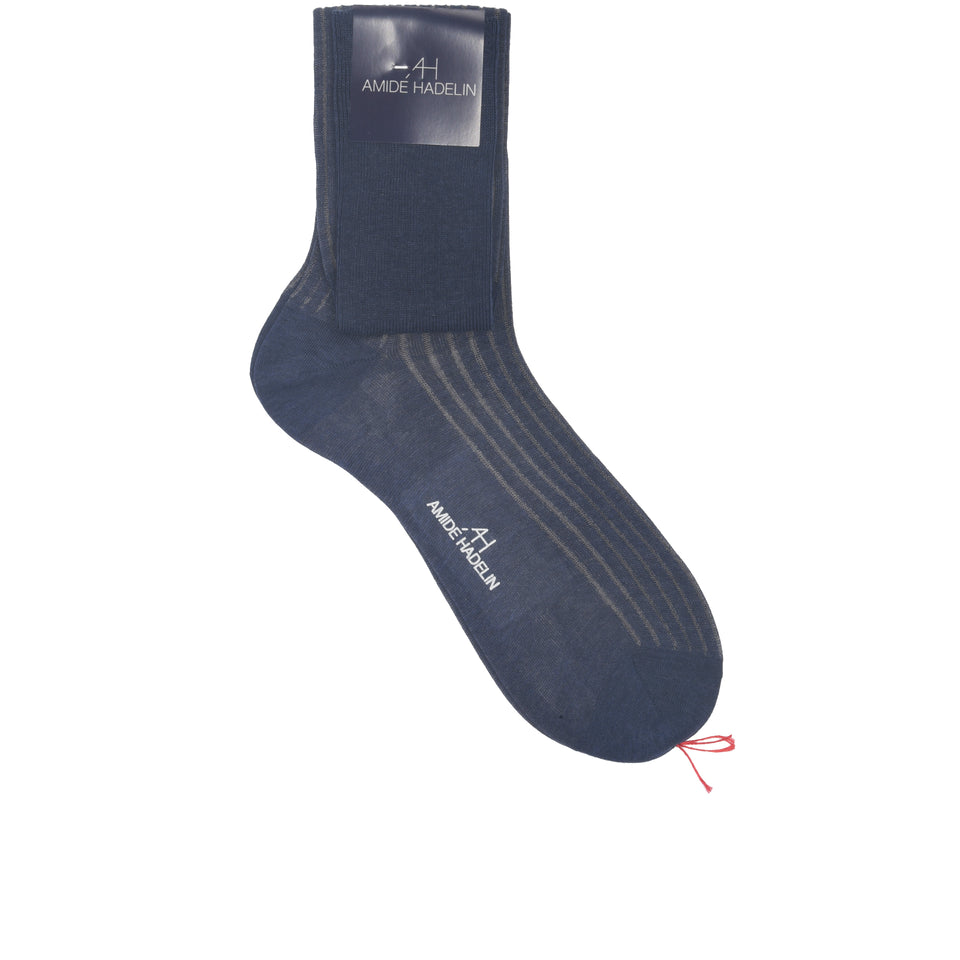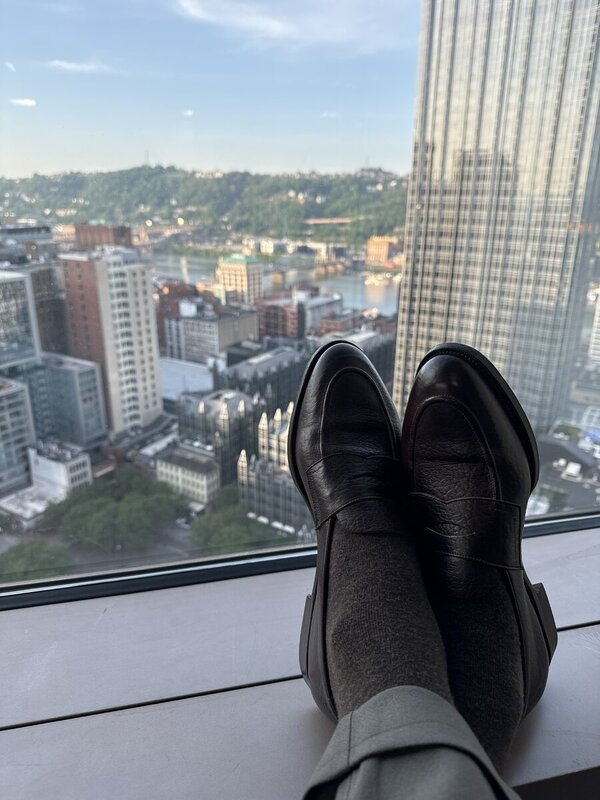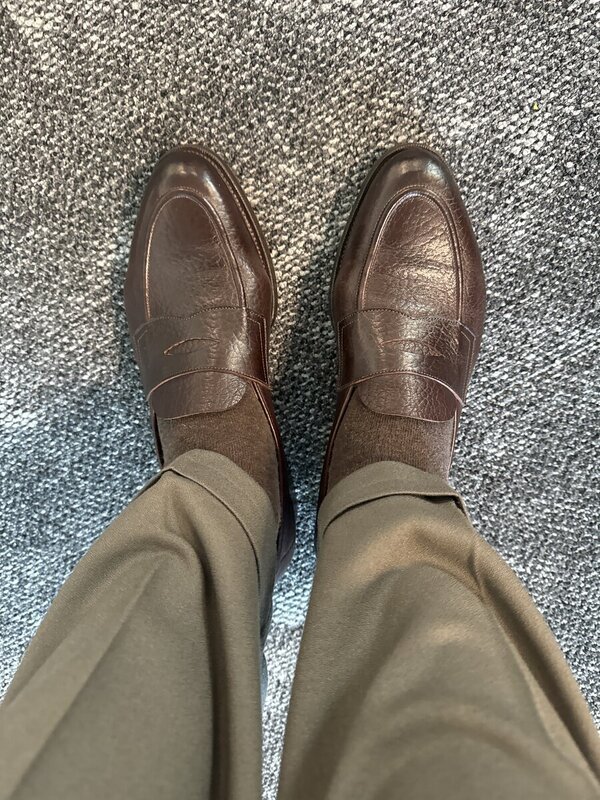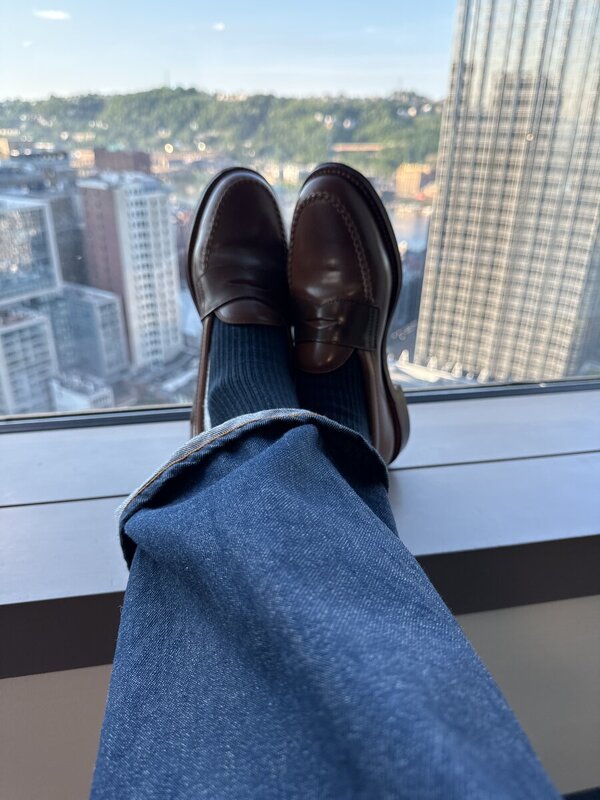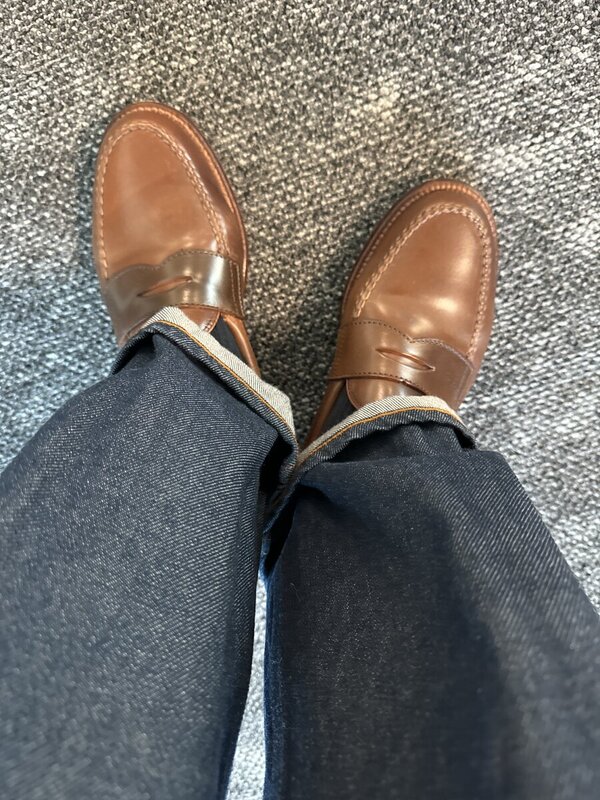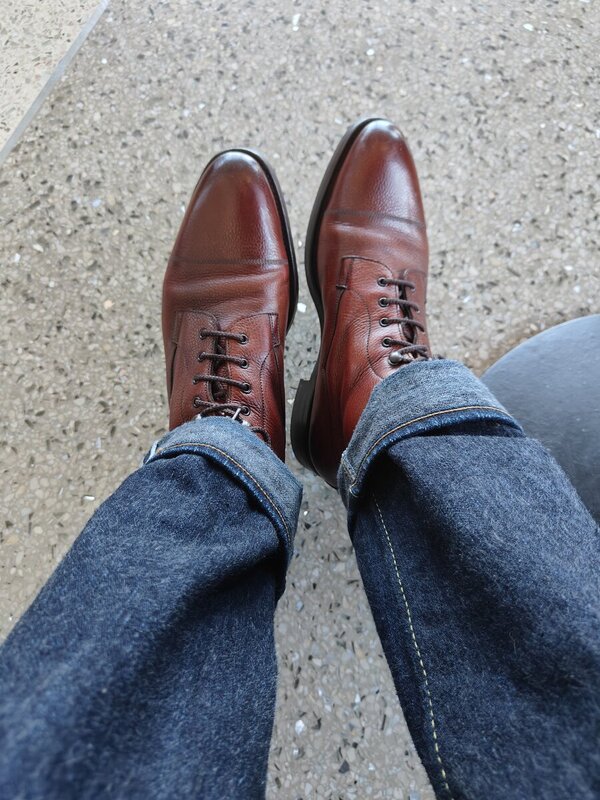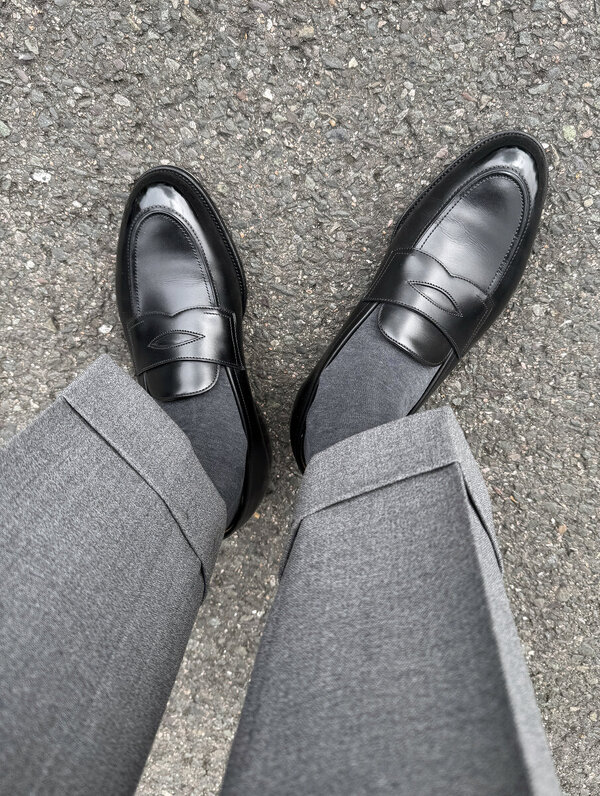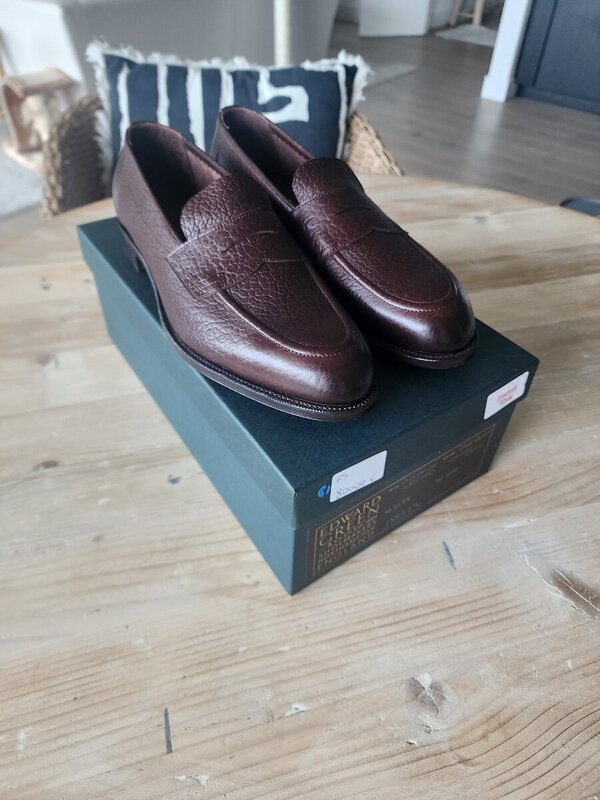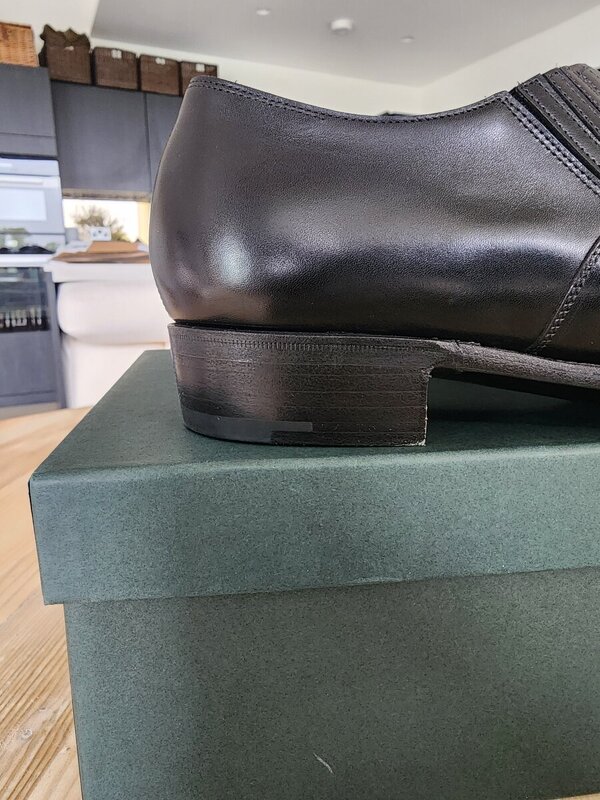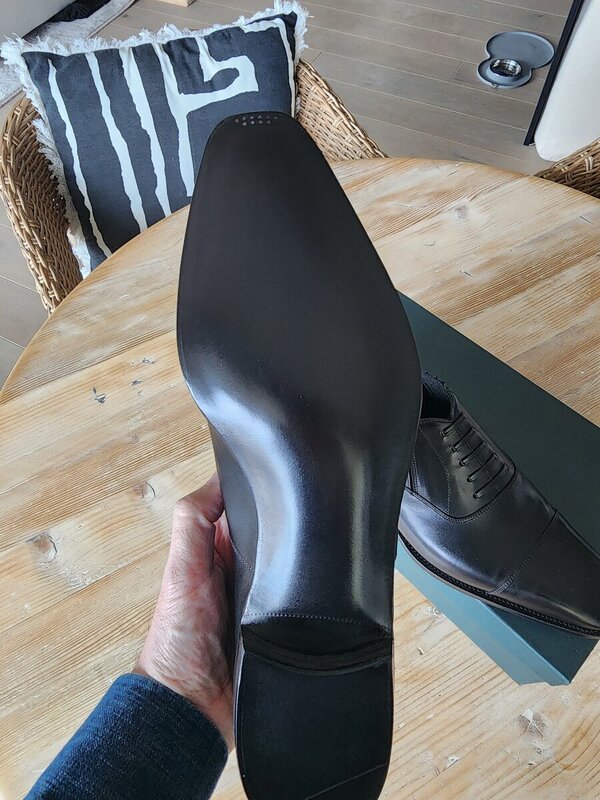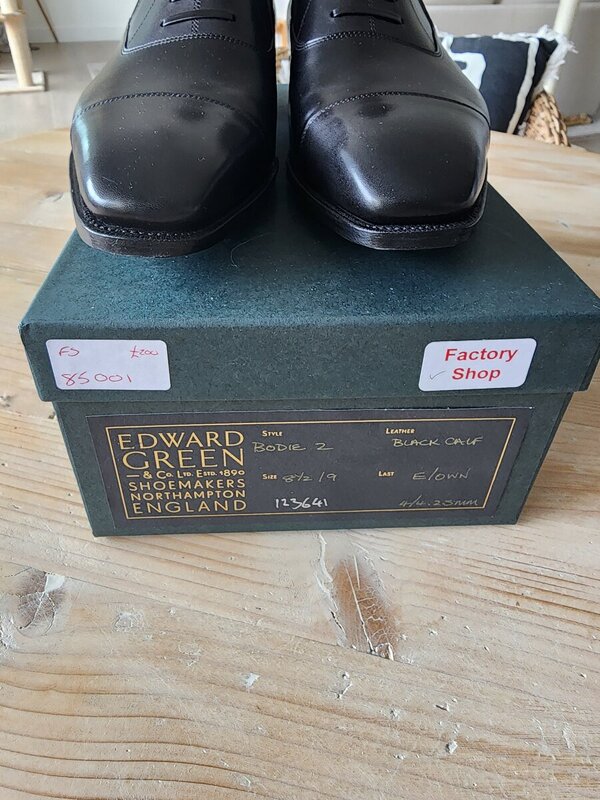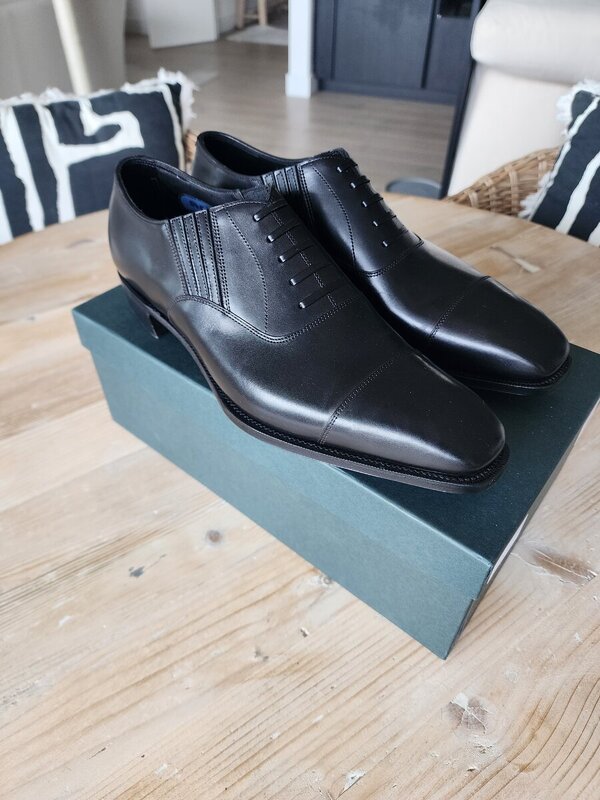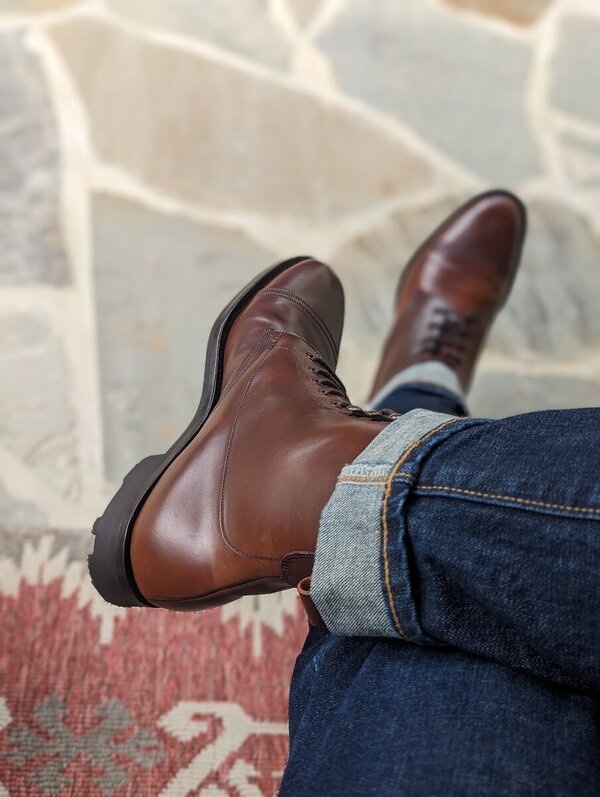You bargain hunt, you not always gonna end up with the optimal outcome. Someone once told me that after a while you won't be able to remember how much you spent on something that gives you enjoyment, so my advice would be that if you don't see yourself enjoying using the bag then get rid of it. No amount of validation via this web site or another will help if you can't stand to look at the damn thing on a daily basis.
That is all true! I'm just trying to get a few opinions, I sent the briefcase to a company that officially does bag repairs for LV, Chanel, etc. I didn't drop it off at any old cobbler.





